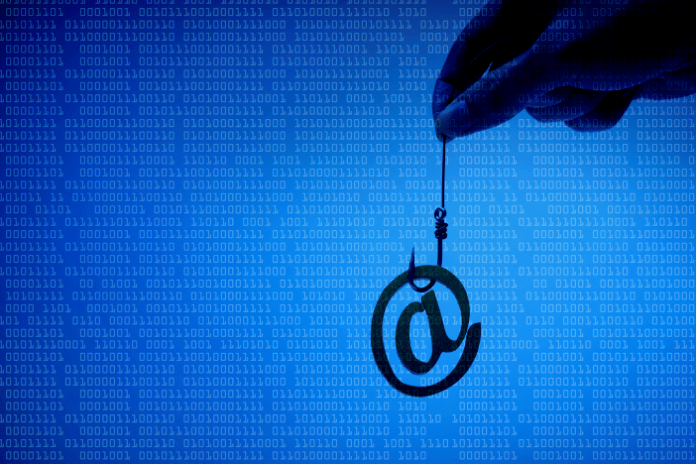A new and dangerous form of phishing, called Angler Phishing, has surfaced. This scam uses social media to collect confidential data from its victims by posting deceptive messages on a fake social media account. By reading this blog post, you will learn how Angler Phishing works and how to detect and protect yourself from it so that your data and money remain safe.
What is Angler Phishing?
Fish bait phishing is the most recent form of social media fraud to appear. Rather than employing typical tactics, attackers utilize fraudulent business accounts on social networking sites to perpetrate fishbait phishing. To acquire a customer’s personal information or account login credentials, phony customer care professional will contact a disgruntled client via social media. Almost 55% of all these assaults were directed at financial institutions (e.g., banks and credit card companies).
How does Angler Phishing work?
The scammer creates a fake social media account that looks like it belongs to a legitimate company. They then post messages on the account that appear to be from a customer service representative. When someone contacts the scammer, they pretend to be able to help the victim with their issue. The scammer will ask the victim for personal information or login credentials, so they can “fix” the problem. Once the scammer has this information, they can use it to commit fraud or sell it on the black market.
What are some ways to protect yourself from Angler Phishing?
- Keep an eye on your replies, especially if they have grammatical errors in email addresses or social media platform handles.
- If you get a link through email or social media, don’t log in.
- If you’re concerned about the safety of a link in a social media post, don’t take the chance of downloading malware by copying and pasting it into your browser.
- While the most effortless method to visit a website is by typing its URL into your browser, this approach increases the chances of landing on a phony site that looks authentic. To ensure you don’t end up on a deceitful website, confirm the address before clicking through – and be particularly vigilant if you’re inputting confidential data like banking information.
- Technology-based security technologies, such as firewalls, encryption, anti-virus software, spam filters, or strong authentication, can’t be used to prevent social engineering fraud. A social engineer employs deception, persuasion, and influence to access inaccessible information. The best way to protect against social engineering attacks is by increasing user awareness about the methods attackers use.
- In an e-mail message, don’t trust the sender’s information. Even if you know and trust the sender of an e-mail message, use the same caution as you would with any other e-mail message. In e-mail communication, fraudsters can easily impersonate identity data with relative ease.
- You must only communicate with the real, verified social media account of the company you are doing business with.
Conclusion
Angler Phishing is a new and dangerous form of phishing that uses social media to collect confidential data from its victims. You can protect yourself from Angler Phishing by being aware of how it works and taking precautions when on social media. If you think you may have been a victim of Angler Phishing, contact your local law enforcement or the company that was impersonated immediately.

